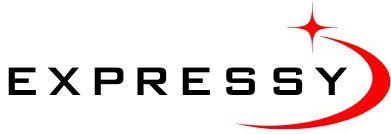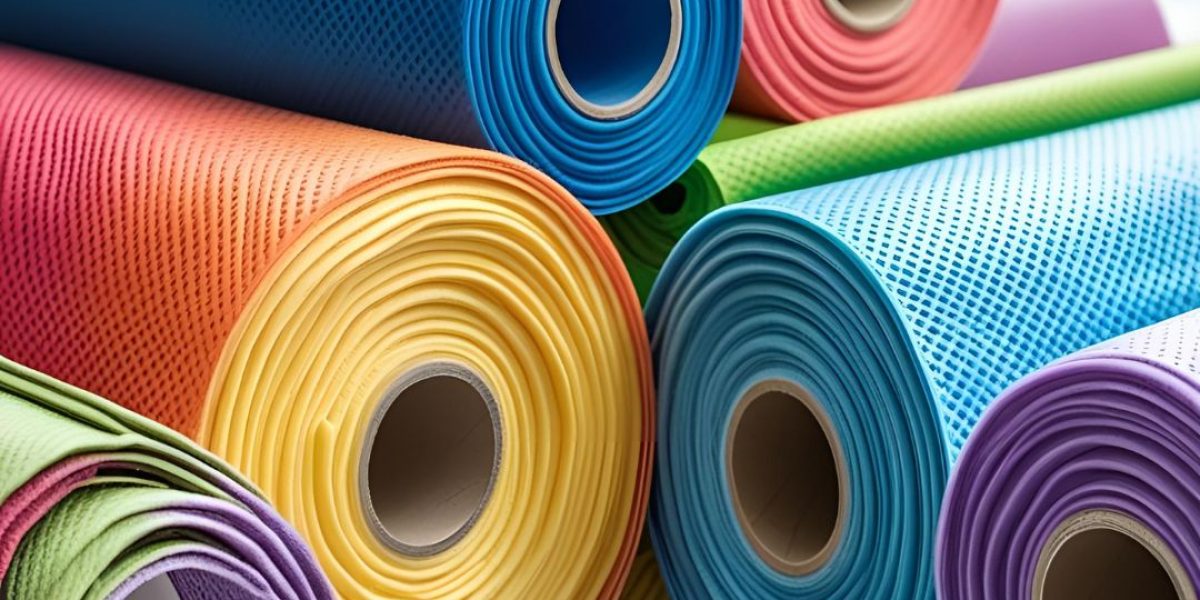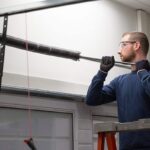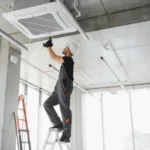PP spunbond non-woven fabric is an essential element for many industries, as it gives humans important properties and possible uses. As a type of non-woven fabric using polypropylene fibers, spunbond gives a combination of strength, durability, and the eco-friendliness. Spunbond has a light weight in addition to the resistance to moisture, chemicals, and UV rays, which means spunbond is needed for products from medical supplies to agricultural covers. In recent history, global demand for PP spunbond non-woven fabric has increased substantially with a growing trend of sustainable manufacturing and inexpensive manufacturing options. This article will cover the important information of PP non-woven, the manufacturing process, global trade categories, regional manufacturers like Gujarat, and a large number of uses and applications.
The Manufacturing Process and Key Features of PP Spunbond Non-Woven Fabric
The
PP spunbond non woven fabric manufacturer in gujarat is manufactured in a complex process of extruding polypropylene fibers which are then spun to be continuous filaments and bonded together using heat and pressure. The fabric is also very resilient and breathable, as well as flexible. A primary characteristic of this fabric is the variety of size and thicknesses, which allows individual manufacturers the ability to tailor non-woven materials to particular applications. Aside from not degrading biologically, the non-wovens have high tensile strength and easy sterilization, which have made them suitable for medical uses, such as surgical masks and disposable gowns. Finally, its eco-friendly material will continue to improve its recognition as a usable material, given polypropylene is recyclable when made into non-woven materials.
The Role of Gujarat as a Hub for PP Spunbond Non-Woven Fabric Manufacturing
Gujarat is an important industrial region in India and a newly fashioned place for PP spunbond non-woven fabric manufacturing. The government supported manufacturers from the region in Gujarat and has received many manufacturers of PP spunbond non-woven fabric. Numerous PP spunbond non-woven fabric manufacturers are equipped with automatic, state of the art machines to produce quality fabric. Most of the manufacturers focus on quality and the highest quality standards as this fabric is manufactured for international and domestic markets. The supply chain for many of the PP spunbond non-woven fabric suppliers in Gujarat is enhanced, and the fabric can compete very well price-wise, as there is an established manufacture delegate for the suppliers. Gujarat has sought to improve the non-woven fabrics output environmentally sustainable. The region’s focus and considerations for manufactures on eco-conscious environmentally sustainable production are at similar levels for local customers and viewed the same for imported customers.
Applications and Advantages of PP Spunbond Non-Woven Fabric
The
PP spunbond non woven fabric hs code has become extensively adopted due to several of its beneficial properties. The lightweight yet strong construction is desirable for medical disposables such as masks, caps, and sterilization wrap. In agriculture, it is used as ground cover, weed control fabric, and crop protection because of the porous structure allowing moisture penetration to soil levels, yet the durability makes them last longer than traditional covers. All industries have found a practical use for the fabric including: packaging, furniture, construction and more, where the tearing resistance is helpful. One of the greatest benefits is low cost; however, its cost is less than woven fabrics, while achieving similar levels of strength and functionality. The fact that it is recyclable, and is ecologically conscious, also helps manufacturers and consumers to meet their sustainable development goals and responsibilities.
Emerging Trends and Future Outlook for PP Spunbond Non-Woven Fabric
The horizon for spun-bonded PP non-woven cloth is bright, thanks to the innovative advancements and increased demand – many driven by the pandemic. The Covid-19 incident provided an opportunity for non-woven cloths to be adopted in the health-care market and encouraged investment in R&D to improve the performance of these fabrics. The key players are pivoting towards bio-degradables and improving the barrier properties to meet the stringent health and safety standards required. Automation and digital printing processes are changing how we bespoke non-woven fabrics and deliver branding and products. The increased focus will remain on sustainability and the use of eco-friendly materials and raw materials for production, especially for the manufacturers from Gujarat.
Conclusion: The Growing Significance of PP Spunbond Non-Woven Fabric
PP spunbond non-woven fabric has firmly established itself as an indispensable material in various industries due to its versatility, strength, and eco-friendly attributes. With a well-developed manufacturing ecosystem, particularly in regions like Gujarat, India, and a clear understanding of international trade classifications such as the HS code, the fabric continues to expand its global footprint. As industry standards evolve and demand for sustainable solutions rises, manufacturers are innovating to produce higher-quality, biodegradable, and multifunctional fabrics. Whether for medical, agricultural, or packaging purposes,
PP spunbond non woven fabric manufacturer offers a compelling combination of affordability and performance, making it a material of choice for the future.
Frequently Asked Questions
1. Who is the largest manufacturer of PP Spunbond Non Woven Fabric?
PP spunbond non-woven fabric is lightweight, cost-effective, and quick to produce. Its high tensile strength, resistance to moisture and chemicals, and ease of customization make it superior in applications requiring disposability and flexibility compared to traditional woven fabrics.
2. How does the HS code affect international trade of PP spunbond non-woven fabric?
The HS code determines the customs classification for the fabric, influencing tariffs, import/export regulations, and trade documentation. Correct HS coding ensures smooth clearance and compliance with international trade standards.
3. Why is Gujarat considered a key region for PP spunbond non-woven fabric manufacturing?
Gujarat’s strategic location, robust infrastructure, skilled workforce, and supportive government policies have attracted leading manufacturers, making it a major hub for high-quality non-woven fabric production and export.












